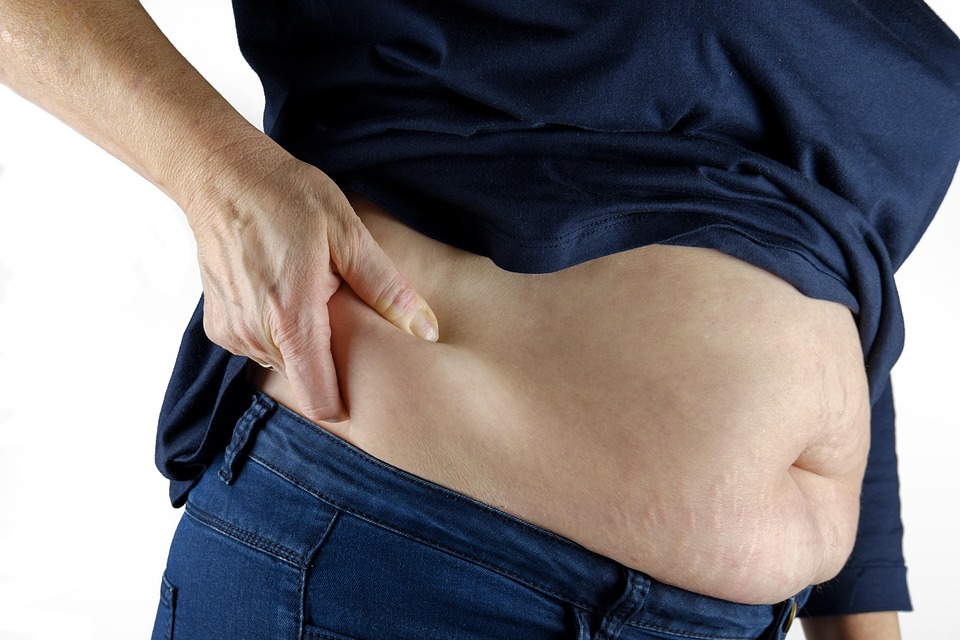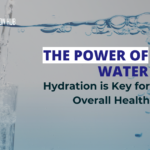Losing fat while preserving muscle mass can feel like a daunting challenge for many, especially for those who are committed to maintaining their strength and physique. You may have heard that weight loss often leads to muscle loss, but this doesn’t have to be the case. With the right strategies, you can effectively burn fat without sacrificing hard-earned muscle. In this article, we’ll explore five proven tips to help you achieve your goals sustainably and healthily.
Understanding Fat Loss vs. Muscle Loss
Before diving into the tips, it’s essential to understand why losing fat without sacrificing muscle is crucial. When people aim for fat loss, they often resort to extreme calorie deficits or inadequate protein intake, leading to muscle degradation. Losing muscle can not only hamper your metabolic rate but also affect your overall functional fitness. This article will equip you with evidence-based strategies to maintain muscle while shedding fat.
1. Prioritize Protein Intake
One of the most effective ways to maintain muscle mass while losing fat is to focus on your protein intake. Research shows that adequate protein consumption can prevent muscle loss during a calorie deficit.
-
How Much Protein? Aim for about 1.6 to 2.2 grams of protein per kilogram of body weight. This level of intake has been shown to increase muscle protein synthesis and support recovery during weight loss [Study: Phillips et al., 2016].
- Best Sources: Incorporate a variety of protein-rich foods such as lean meats, fish, dairy, eggs, legumes, and plant-based proteins.
Increased protein consumption not only helps maintain muscle but also promotes satiety, making it easier to adhere to your calorie deficit.
2. Engage in Resistance Training
Incorporating resistance training into your fitness routine is crucial for preserving muscle mass during fat loss. Studies have consistently shown that individuals who engage in regular strength training can minimize muscle loss even in a caloric deficit [Study: Schoenfeld et al., 2016].
-
Frequency and Intensity: Try to engage in resistance training at least 2-3 times per week, focusing on compound movements such as squats, deadlifts, and bench presses. These exercises recruit multiple muscle groups, allowing for maximum effectiveness.
- Progressive Overload: To continue building or maintaining muscle, gradually increase the weight or resistance in your workouts. This progressive overload is essential for stimulating muscle adaptation.
The integration of resistance training not only preserves muscle but also helps you build strength as you lose fat.
3. Use a Moderate Caloric Deficit
Creating a caloric deficit is necessary for fat loss, but how you do it makes a significant difference in muscle retention. Rather than going for extreme calorie cuts, aim for a moderate deficit.
-
Find Your Sweet Spot: A good rule of thumb is to reduce your daily caloric intake by about 500-750 calories, which typically results in a safe weight loss of approximately 0.5 to 1 kg per week [Study: Hall et al., 2016].
- Monitor Progress: Track your food intake and weight regularly to ensure that your deficit is effective without leading to excessive muscle loss. Paying attention or using meal-planning apps may help you stay on track.
By managing your caloric intake mindfully, you can create a sustainable fat loss plan that prioritizes muscle preservation.
4. Incorporate High-Intensity Interval Training (HIIT)
High-Intensity Interval Training (HIIT) is an effective method for burning fat while sparing muscle. Research suggests that HIIT can improve body composition while maintaining lean body mass, making it a valuable addition to your fitness regimen [Study: Kemi et al., 2013].
-
Short Bursts: HIIT workouts consist of short, intense bursts of exercise followed by rest or low-intensity periods. For example, try intervals of 30 seconds of sprinting followed by a minute of walking.
- Frequency: Aim for 1-3 HIIT sessions per week to complement your resistance training.
Incorporating HIIT can lead to improved cardiovascular fitness while expending energy and preserving muscle.
5. Ensure Adequate Rest and Recovery
Finally, don’t underestimate the importance of rest in your weight loss journey. Adequate recovery can significantly affect muscle retention and overall fat loss outcomes.
-
Sleep is Key: Aim for 7-9 hours of sleep per night. Research shows that inadequate sleep can alter hormone levels, leading to increased appetite and decreased muscle recovery [Study: Cedernaes et al., 2015].
- Active Recovery: Consider incorporating low-intensity activities on your rest days, such as walking or yoga. These activities promote recovery and maintain cardiovascular health without taxing your muscles.
Prioritizing rest and recovery is essential for achieving your fat-loss goals effectively and healthily.
Conclusion
Losing fat without sacrificing muscle is entirely achievable with the right approach. By prioritizing protein intake, engaging in resistance training, maintaining a moderate caloric deficit, incorporating High-Intensity Interval Training, and ensuring adequate rest, you can effectively reach your goals while preserving your hard-earned muscle.
If you’re ready to take action and truly transform your body, start by implementing these tips today. Remember, patience and consistency are key in this journey.
Frequently Asked Questions
How can I lose fat without sacrificing muscle?
To lose fat without sacrificing muscle, focus on maintaining high protein intake, engaging in regular resistance training, and creating a moderate caloric deficit.
What should my protein intake be when losing weight?
Aim for 1.6 to 2.2 grams of protein per kilogram of body weight to support muscle retention while in a caloric deficit.
Is cardio necessary for fat loss?
While not essential, cardio can help create a caloric deficit and improve cardiovascular health. However, prioritize resistance training to preserve muscle.
How much sleep do I need for optimal fat loss?
Aim for 7-9 hours of sleep per night to support fat loss and muscle recovery effectively.
What type of training is best for losing fat and maintaining muscle?
A combination of resistance training and HIIT is highly effective for losing fat while sparing muscle. Focus on compound exercises in your routine.








